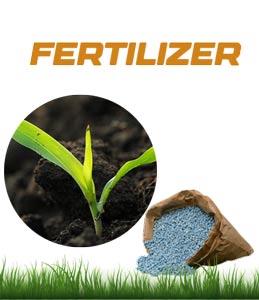
It has a thin ornamental leaf with 6″ separated lobes. The divides look like windows in the leaf, and they're still thin. These vineyards use their vertical roots to scale trees or trellises. These aerial roots stick to whatever they cling to support them as they grow.
The rest of the details are given in the article for major descriptions.
Factors important for care
Rhaphidophora tetrasperma is extremely easy to take care of. This lovely plant is the perfect place to bring existence to your living area. But there are a few things it needs to thrive which are:
Light and Temperature

Bright, explicit light is perfect for your Rhaphidophora tetrasperma. Its leaves are formed to make the most out of the lighting conditions in its area. While it can't put up with a lot of direct sunlight, bright but incidental lighting imitates what's naturally going on in the wild.
Those increasing it indoors should make sure it gets plenty of light, too. Stop direct sunshine, since the fragile leaves can scorch. Eastern exposure windows also provide a decent amount of light for this plant, and a growing light may add additional ambient lighting. Stop low light levels that slow down the growth of the plant and reduce its leafy foliage.
Perfect conditions are between 55 and 85 degrees Fahrenheit. It is resistant to slightly colder temperatures, but not at all frost-hardy. It is risen in zones 9b-12 but needs to perform at its best in zone 11. For zones 9b-10, this should be managed to bring indoors if it is less than 55 degrees. Be sure it's got a lot of bright indirect light wherever it's put!
Fertilizer

A balanced, high-quality fertilizer that lacks urea or other tougher chemicals is preferred. Rhaphidophora plants have very responsive roots and are vulnerable to the burning of fertilizers. Choose a slow-release organic fertilizer that is balanced to minimize the risk of burning.
Water and Humidity
Plant species like Rhaphidophora Tetrasperma prefer moisture to be a little higher around the plant than one might expect. 50-60 percent humidity is a decent amount to be reached immediately around the farm. Choose a humidifier, or put your pot on top of a pebble tray with water right near the pebbles. Evaporation can have more moisture where the plant wants it.
Consistent and even rainfall is the secret to growing these plants. They prefer rain at all times, but they can't handle soggy, muddy soil conditions. It's best to test with a fingertip to see whether the soil is still tender before watering. If it does, leave the pot alone for now and search it again the next day. Water gently where it's needed to keep the moisture level down.
During the colder months of the year, you won't need water as much as in the spring or summer. If these plants are in active development, they may require more water. Check the soil in your pot every day during these days!
